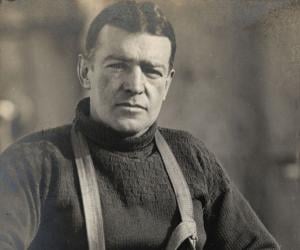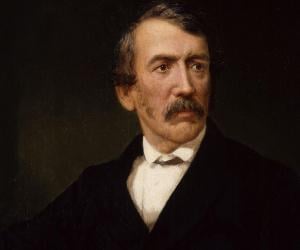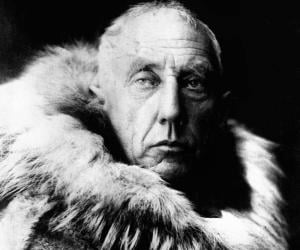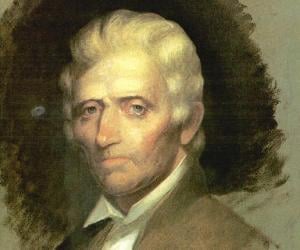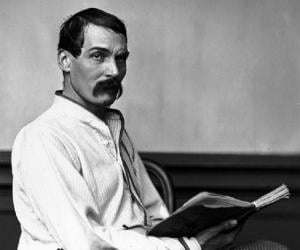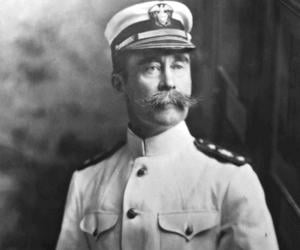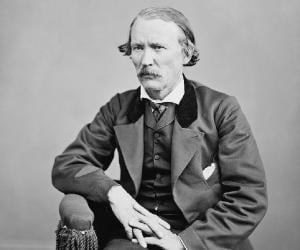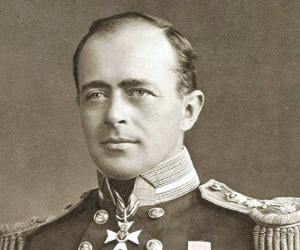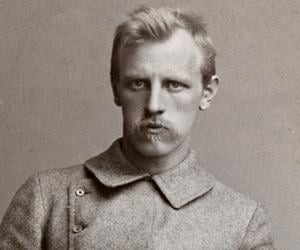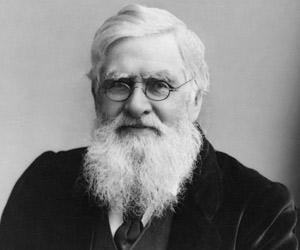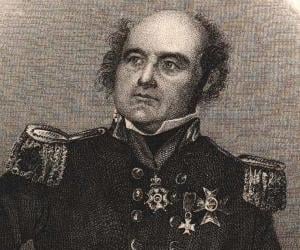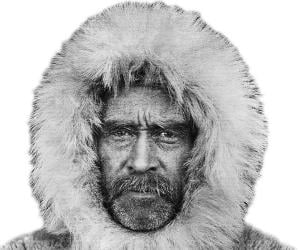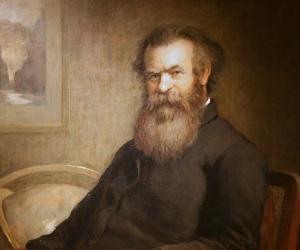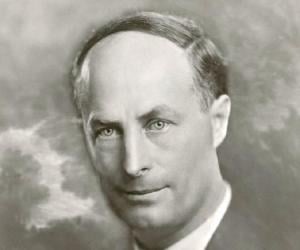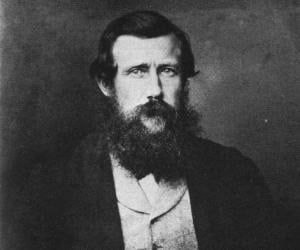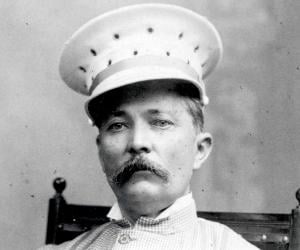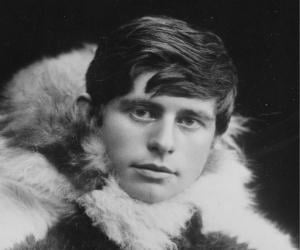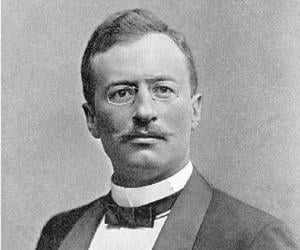Anglo-Irish Antarctic explorer Sir Ernest Shackleton is remembered for leading three British expeditions to the Antarctic. He was a key figure of the period known as the Heroic Age of Antarctic Exploration. An expert in navigation, he had also been a part of Captain Robert Falcon Scott's Discovery expedition. He was knighted by King Edward VII for his achievements.
David Livingstone was a Scottish physician who played a major role at the London Missionary Society, where he was a pioneer Christian missionary. He is also remembered for his work as a missionary in Africa. Widely considered one of the most famous British heroes of the late Victorian era, Livingstone was mentioned in the 100 Greatest Britons list in 2002.
Roald Amundsen was a Norwegian explorer. Specialized in exploring the polar regions, Amundsen was an important figure of the Heroic Age of Antarctic Exploration, an era in the exploration of Antarctica. He disappeared in 1928 when he was involved in a rescue mission in the Arctic. Owing to his significant achievements in polar exploration, several places are named after him.
Daniel Boone was an American pioneer, woodsman, explorer, and frontiersman. His exploits as an American frontier made him one of the earliest folk heroes of the US. Widely regarded as the founder of Kentucky, Daniel Boone is popular for his exploration and settlement of Kentucky. His life and work have inspired several movies, such as the 1936 movie Daniel Boone.
Richard Francis Burton was a British explorer, soldier, and scholar. He is best remembered for his explorations in Africa, Asia, and the Americas. Along with John Hanning Speke, Burton was the first European to witness the Great Lakes of Africa. A prolific writer, Burton wrote several scholarly articles about numerous subjects like sexual practices, falconry, human behavior, travel, and ethnography.
US naval officer Robert Peary is credited with discovering the North Pole, with explorer Matthew Henson as his attendant, though he was challenged by Frederick A. Cook, who claimed to have achieved the feat independently before him. Later, diary entries revealed Peary may have been 100km short of the pole.
A frontiersman and a fur-trapper, Kit Carson played a major role in the US’s westward expansion. Mostly known for guiding explorer John C. Frémont, he was criticized for his contribution to the displacement of native Americans as an Indian agent. He became part of folk legend for his exploits as a fighter, too.
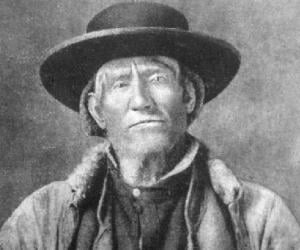
Known as the ultimate American mountain man, Jim Bridger is remembered for his exploration of the Western United States. It is believed, the illiterate fur trader was the first white man to explore the Great Salt Lake and one of the first to visit Yellowstone. He also worked as a forest guide.
Robert Falcon Scott was an explorer and Royal Navy officer. He is remembered for leading two expeditions to the Antarctic regions, the second of which was the ill-fated Terra Nova expedition. Although Scott and his companions died during the second expedition, they helped discover the first Antarctic fossils, which proved that the place was once forested.
Fridtjof Nansen was a Norwegian polymath who won the prestigious Nobel Peace Prize in 1922 for his post-war efforts after the First World War. A well-known explorer, humanitarian, and diplomat, Nansen achieved international fame for his attempt to reach the geographical North Pole during his Fram expedition. His techniques and innovations influenced a generation of succeeding Antarctic and Arctic expeditions.
British naturalist Alfred Russel Wallace is largely remembered for his theory of evolution through natural selection, which inspired Charles Darwin’s studies. He began his career as a surveyor’s apprentice and later introduced concepts such as reinforcement in animals, also known as the Wallace effect. He was awarded the Order of Merit.
Orphaned, Matthew Henson began his journey as a cabin boy at age 12 and was later hired by Robert E. Peary as an attendant for his expeditions. He, along with Peary and 4 Inuit, were the first men to set foot on North Pole. The African-American explorer later won a Congressional Medal.
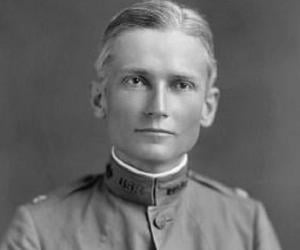
Best known for his research on the Machu Picchu in the Peruvian Andes, American archaeologist Hiram Bingham III had learned mountaineering from his missionary father. Though not a professional archaeologist, he ventured into exploration after gaining an interest in South America while teaching South American history at Yale.
John Wesley Powell was a geologist and explorer of the American West. He undertook a series of adventures as a young man and later joined the military. He is best known for the three-month-long geographic expedition he undertook down the Green and Colorado rivers. He was made the director of the U.S. Geological Survey in 1881.
Douglas Mawson was an Australian Antarctic explorer, geologist, and academic. Counted among the most important leaders of the Heroic Age of Antarctic Exploration, Mawson was honored with a knighthood in 1914. Best remembered for his contribution to Australian geology, Mawson was featured on the Australian one-hundred-dollar note from 1984 to 1996.
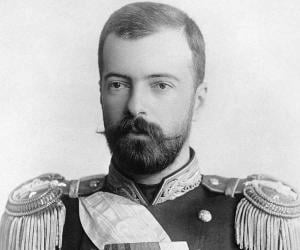
Russian naval officer and explorer Grand Duke Alexander Mikhailovich was the brother-in-law of the last emperor of Russia, Emperor Nicholas II. He played a significant role in the development of Russian military aviation during WWI. He spent his later life in exile in Paris and conducted many archaeological expeditions.
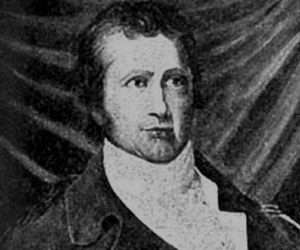
David Thompson was a British-Canadian explorer, fur trader, and surveyor. He was known to some native peoples as Koo-Koo-Sint or "the Stargazer". He traveled over 90,000 kilometers (56,000 mi) across North America over the course of his career and established a successful fur trade. He was married to a Metis woman and had numerous children.
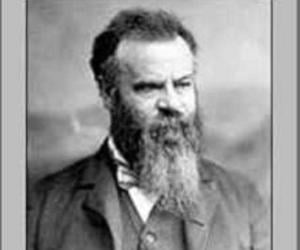
Trapper-explorer John Colter, who was part of the Lewis and Clark Expedition, is remembered as the first white man to visit and describe the Yellowstone National Park. He had a brush with death on three occasions, when he came face-to-face with Indian tribes. He later settled in a Missouri farm.
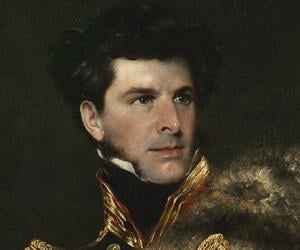
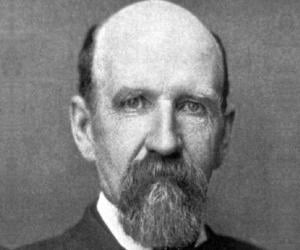
Joshua Slocum was a seaman who became the first person to sail single-handedly around the world. He was also a noted writer and wrote a book about his journey, Sailing Alone Around the World; the book became an international bestseller. He disappeared in November 1909, during one of his sailing adventures. He was declared legally dead after a few years.
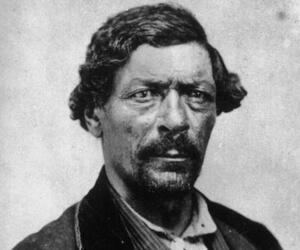
Born to a white man and a mulatto slave woman, Jim Beckwourth was practically born into slavery. While he looked like an American Indian, he was known as a “free Negro” after being released. Known as Bloody Arm, he is credited with exploring the Beckwourth Pass.
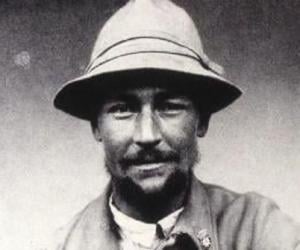
Peter Aufschnaiter was an Austrian agricultural scientist, mountaineer, cartographer, and geographer. His experiences in Tibet during the Second World War with fellow climber Heinrich Harrer were portrayed in the 1997 biographical war drama film, Seven Years in Tibet. Peter Aufschnaiter played a prominent role in Tibet, where he helped plan a sewage system and a hydroelectric power plant in Lhasa.
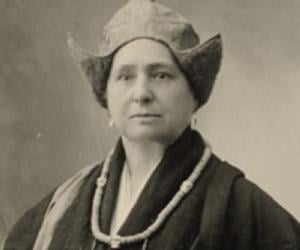
Alexandra David-Néel was a Belgian–French explorer, anarchist, spiritualist, Buddhist, writer, and opera singer. She is best remembered for traveling to important spiritual centers, including Lhasa, Tibet in 1924, when foreigners were forbidden from entering Lhasa. Alexandra David-Néel wrote more than 30 books and her teachings influenced people like Allen Ginsberg, Benjamin Crème, Jack Kerouac, Ram Dass, and Alan Watts.
Henry Morton Stanley was a Welsh-American explorer, journalist, colonial administrator, soldier, politician, and author. He is remembered for his exploration of central Africa and his search for the source of the River Nile. Stanley received an honorary title of knighthood in 1899. His life and career inspired the 1939 movie Stanley and Livingstone, where Stanley was played by Spencer Tracy.
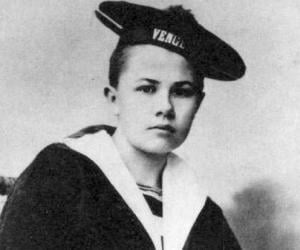
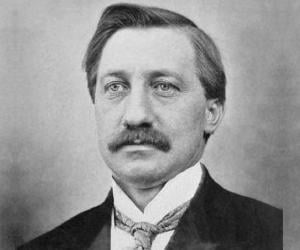
Apart from being a qualified physician, Frederick Cook was also a passionate explorer. He was initially the surgeon on explorer Robert E. Peary’s team. He later created controversy by conflicting with Peary, saying it was him and not Peary who had first explored the North Pole, though his claims were denounced.
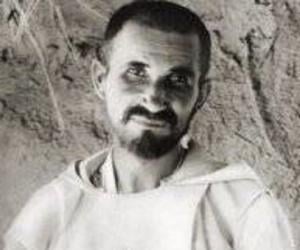
Charles de Foucauld was a cavalry officer in the French Army in the late 19th century. He later became an explorer and geographer, eventually adopting the life of a hermit and a Catholic priest. He was assassinated in 1916 and is listed as a martyr in the liturgy of the Catholic Church.
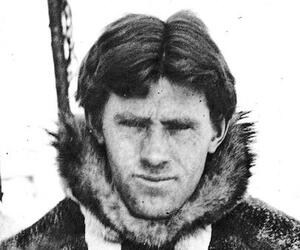
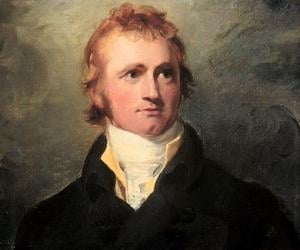
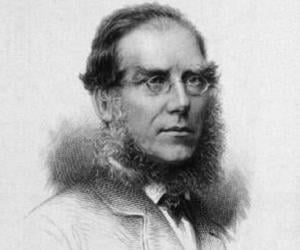
British botanist Joseph Dalton Hooker is remembered as one of Charles Darwin’s greatest supporters. The man who is known as the pioneer of geographical botany, Hooker followed in the footsteps of his botanist father. The Copley Medal winner is also known for his iconic work Genera Plantarum.
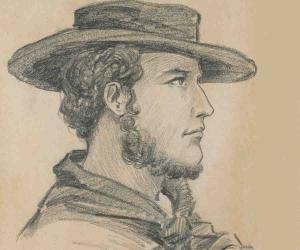
John Batman was an Australian entrepreneur, grazier, and explorer. He is best remembered for his contribution in the Founding of Melbourne, which is now considered one of Australia's most important and largest cities. Numerous places in Australia have been named after John Batman.
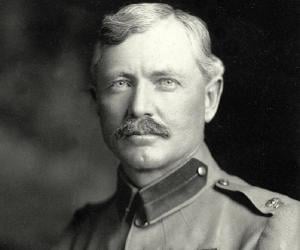
American scout and adventurer Frederick Russell Burnham had served the British Army in colonial Africa. He had started his career as a teenager, assisting the US Army in the Apache and Cheyenne Wars, as a tracker. He apparently also taught woodcarving to Robert Baden-Powell the founder of modern scouting.
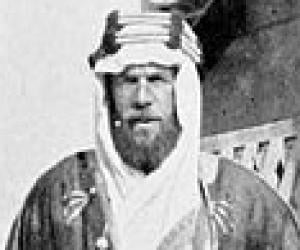
Knud Rasmussen was a Greenlandic–Danish polar explorer. He was the first European to cross the Northwest Passage via dog sled. Also an anthropologist, he is often referred to as the "father of Eskimology." As a young man, he pursued an unsuccessful career as an actor and opera singer before embarking on his major explorations.
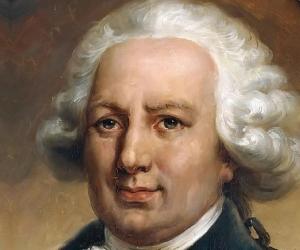
Louis Antoine de Bougainville was a French explorer and admiral. He is best remembered for his scientific expeditions, including his 1763 circumnavigation of the globe and expeditions into the Pacific Ocean. Louis Antoine de Bougainville also participated in the Seven Years' War and the American Revolutionary War.
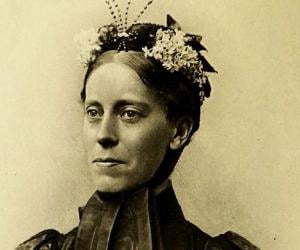
English ethnographer and traveler Mary Kingsley was the daughter of renowned physician and traveler George Kingsley and the niece of Charles Kingsley. Unlike girls of her era, she was well-educated and later ventured on an exploratory trip to West Africa, becoming the first European to enter remote areas such as Gabon.
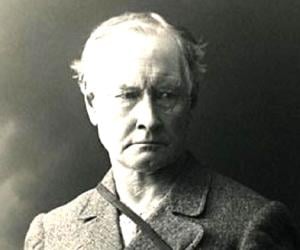
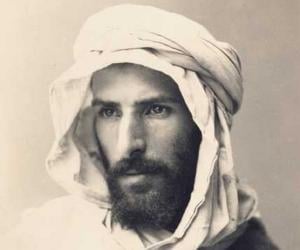
Born into an Italian noble family, Pierre Savorgnan de Brazza had had his first taste of exploration when he traveled to Algeria aboard a ship in his early days. He later explored Africa, eventually founding French Congo, now the Republic of Congo, and the city Brazzaville, while also becoming a French citizen.
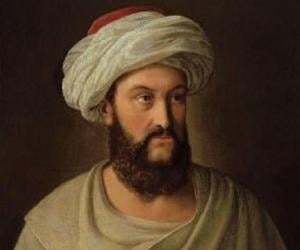
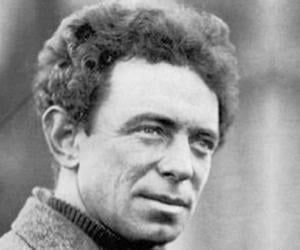
Australian photographer Frank Hurley is best remembered for recording the Antarctic expedition of Sir Ernest Shackleton, known as Endurance. He also risked his life clicking pictures in both the World Wars. After running away from home at 13, he studied engineering but found his calling in photography.
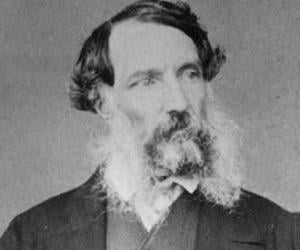

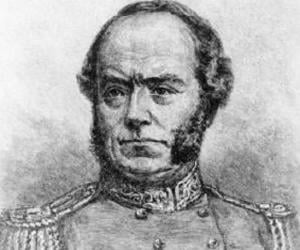
Thomas Mitchell was a Scottish-born Australian explorer and surveyor of Southeastern Australia. He is best remembered for his service as the Surveyor-General of New South Wales from 1828 until his death on 5 October 1855. In 1839, Thomas Mitchell was knighted for his immense contribution to the surveying of Australia.
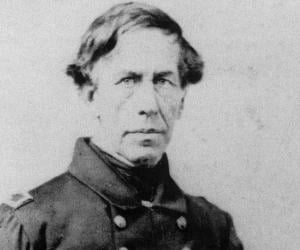
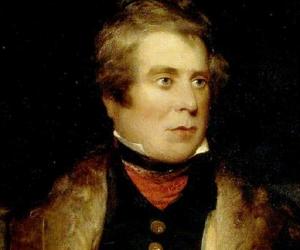
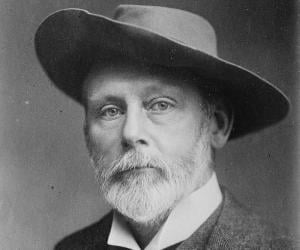
Sven Hedin was a Swedish topographer, geographer, photographer, explorer, illustrator, and travel writer. He is best known for making four expeditions to Central Asia. He later shared his experience in a book titled From Pole to Pole. A respected explorer, Hedin was honored with several prestigious awards and medals during his lifetime.
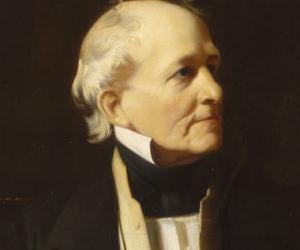
Irish-born Francis Beaufort grew up to be a British Royal Navy admiral. He also went down in history as the inventor of the Beaufort wind force scale, which was meant for observing wind force at sea. His personal diaries, written in Beaufort cipher, reveal an incestuous relationship with his sister.
